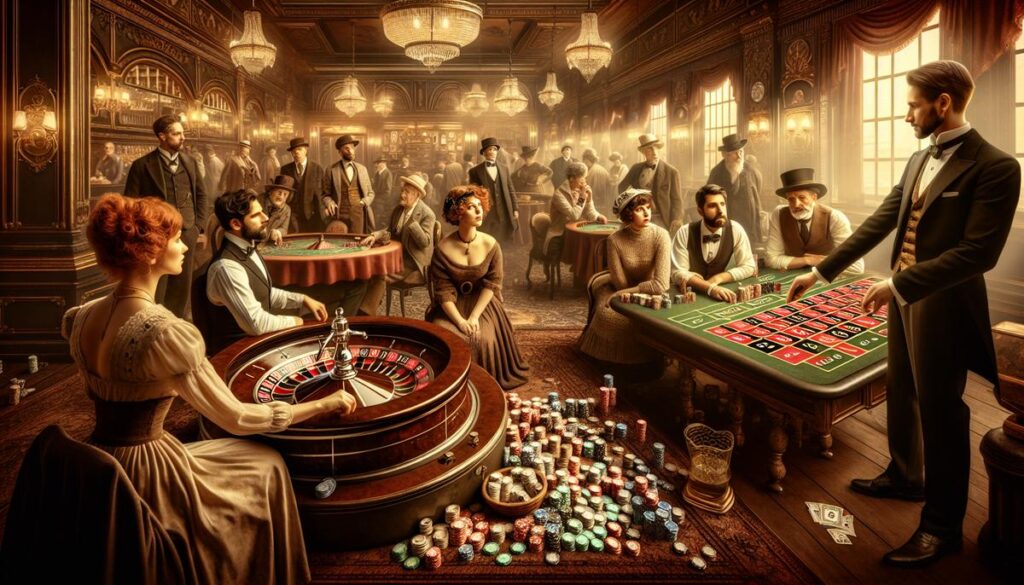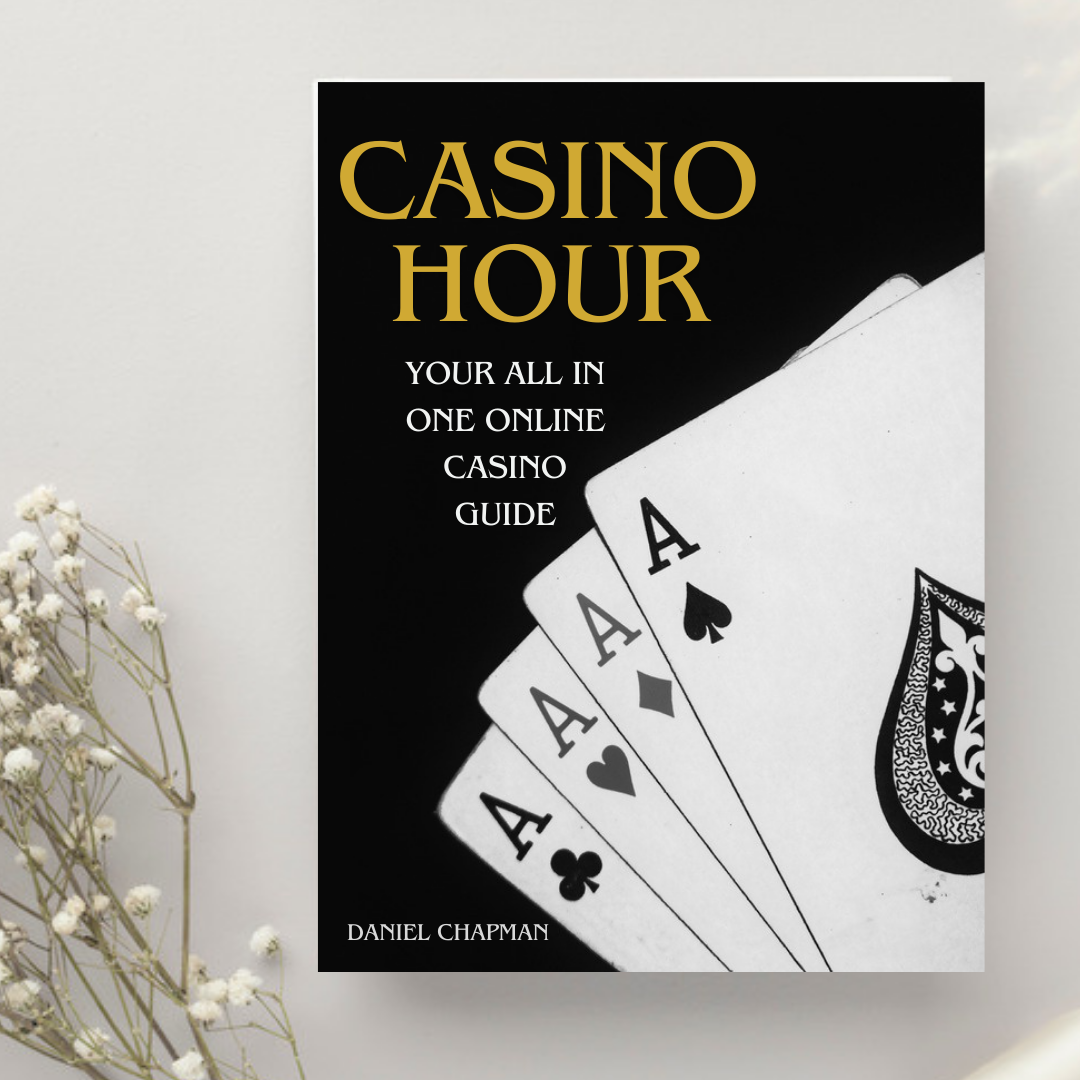Rolling the ball on the roulette wheel is a game of chance that has fascinated gamblers and strategists alike for centuries. Tracing its roots back to Europe in the 18th century, roulette has seen planned strategies galore, aimed at predicting or influencing the outcome in the player’s favour. Today, let us journey into the world of vintage roulette strategies – from their foundational theories to their current relevance in online casinos.
The Martingale Roulette Strategy
Historically, the Martingale System is one of the oldest betting strategies, first used in France in the late 18th century. Its primary premise lies in doubling the bet after every loss, thereby ensuring that the first win would recover all the previous losses. It’s a straightforward approach and becomes rather appealing to those who believe in the inevitability of their win after a losing streak.
But before you dive headfirst into this stratagem, let’s address its flaws. For one, a long string of losses could mean an alarmingly high bet amount, and unfortunately, the harsh reality of gambling is that cold streaks can occur. In addition, online casinos usually have betting limits which might stop you from doubling bets indefinitely.
The D’Alembert Roulette Strategy
This strategy takes its name from the French mathematician, Jean le Rond D’Alembert, who theorised that nature strives towards equilibrium. If translated to roulette term, it means that after several blacks, a red would be due, or vice versa. Thus, in the D’Alembert system, after every loss, the bettor adds one unit to the next bet, and after every win, one unit is subtracted from the next bet.
However, as savvy online gamblers, we know that every spin of the roulette is independent and the wheel doesn’t remember whether the last number was red or black. Hence, this vintage strategy might be flawed in its core pretext when applied to the modern interface of online roulette.
The Labouchère Roulette Strategy
Otherwise known as the “Cancellation System,” this strategy has an aggressive but systematic recovery plan from losses. You start by writing a sequence of numbers and bet the sum of the first and the last number. If the bet wins, you cross off the numbers utilized and then bet the sum of the next outside numbers. However, if the bet loses, you add the lost amount to the end of the sequence.
The issue with the Labouchère system is that, like Martingale, a losing streak can quickly increase your bets. As it is also more complicated to employ, beginners might find it less user-friendly.
Does Vintage Meet the Virtual?
In the realm of online casinos, these vintage roulette strategies have been reinvented for a new audience. They continue to charm players with their carefully structured bets and storied histories. But do they stand the test of the virtual age?
The perception here is twofold. On one hand, all these strategies are based on mathematical premises and since the principles of maths haven’t changed over the centuries, there’s no reason why these techniques won’t be as effective as they once were. On the other hand, it’s essential to remember that online roulette is engineered by Random Number Generator software, making it near impossible to predict or influence the outcomes.
The verdict? As a responsible online gambler, it’s best to enjoy and learn from these vintage strategies but to never entirely depend on them. Approach them as an intriguing part of roulette’s rich history, rather than a sure-shot way towards big wins. Above all, apply them responsibly, remember to set boundaries, and never wager more than you can afford to lose. From vintage roulette secrets to modern online strategies, the true win lies in the joy of playing, with a smart and secure approach.

